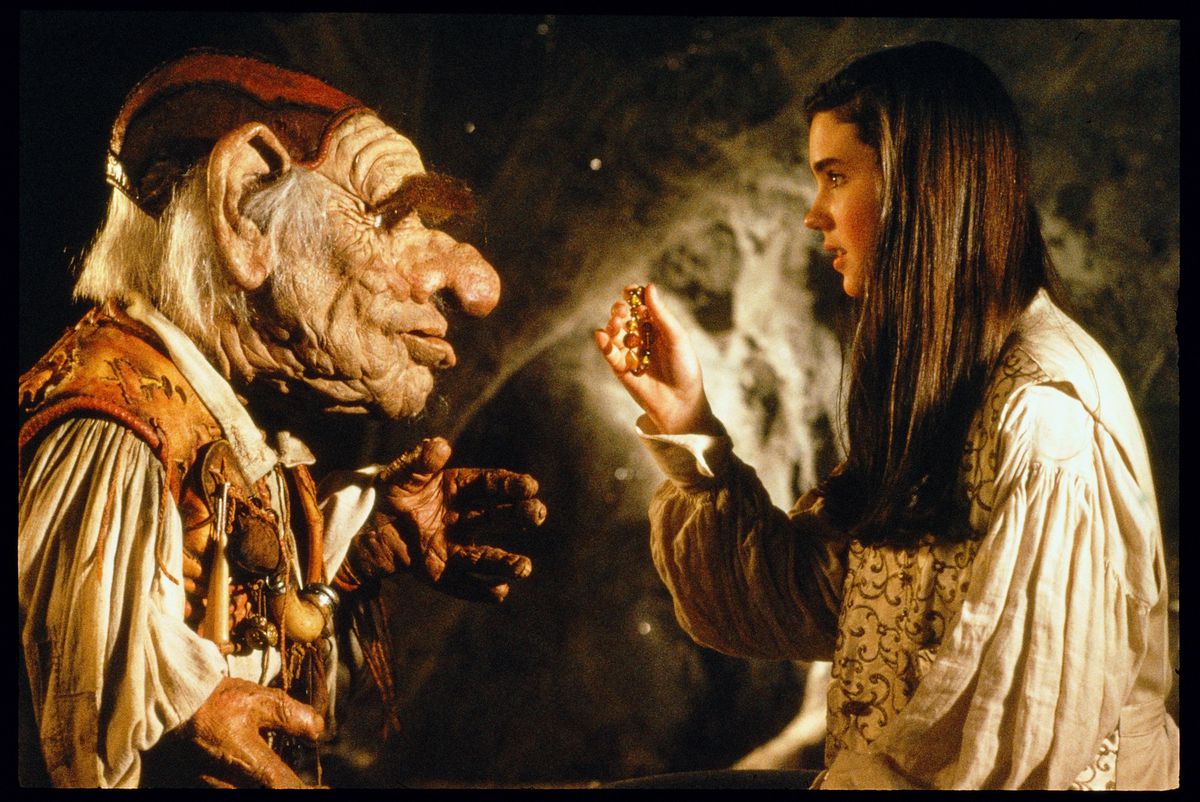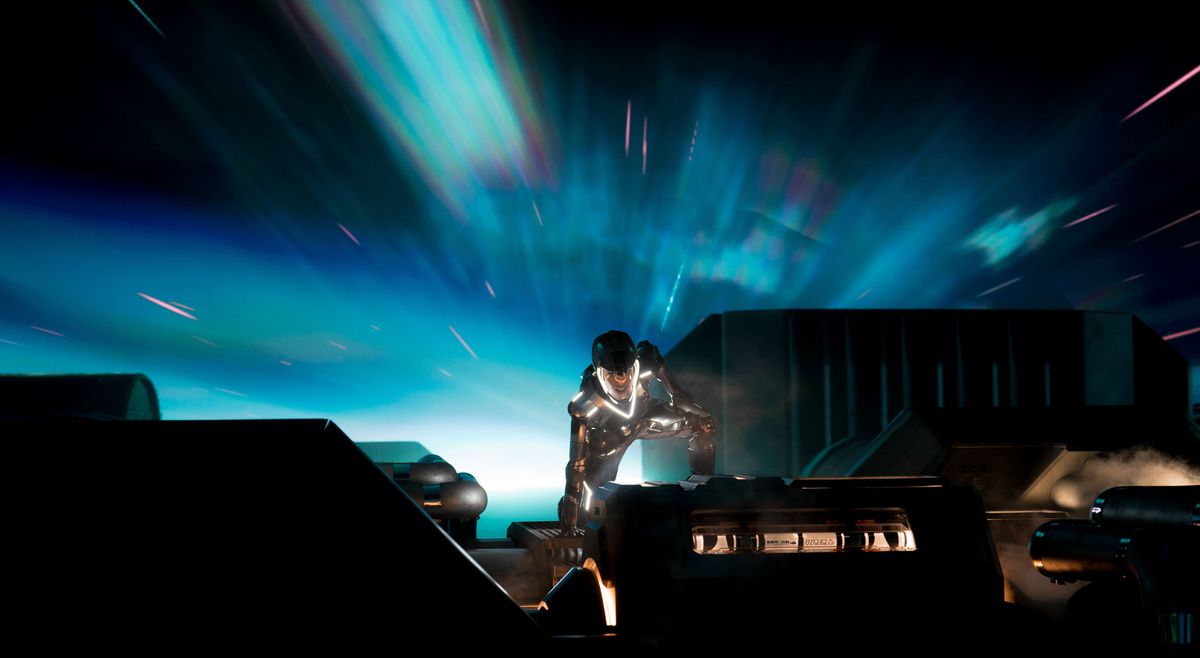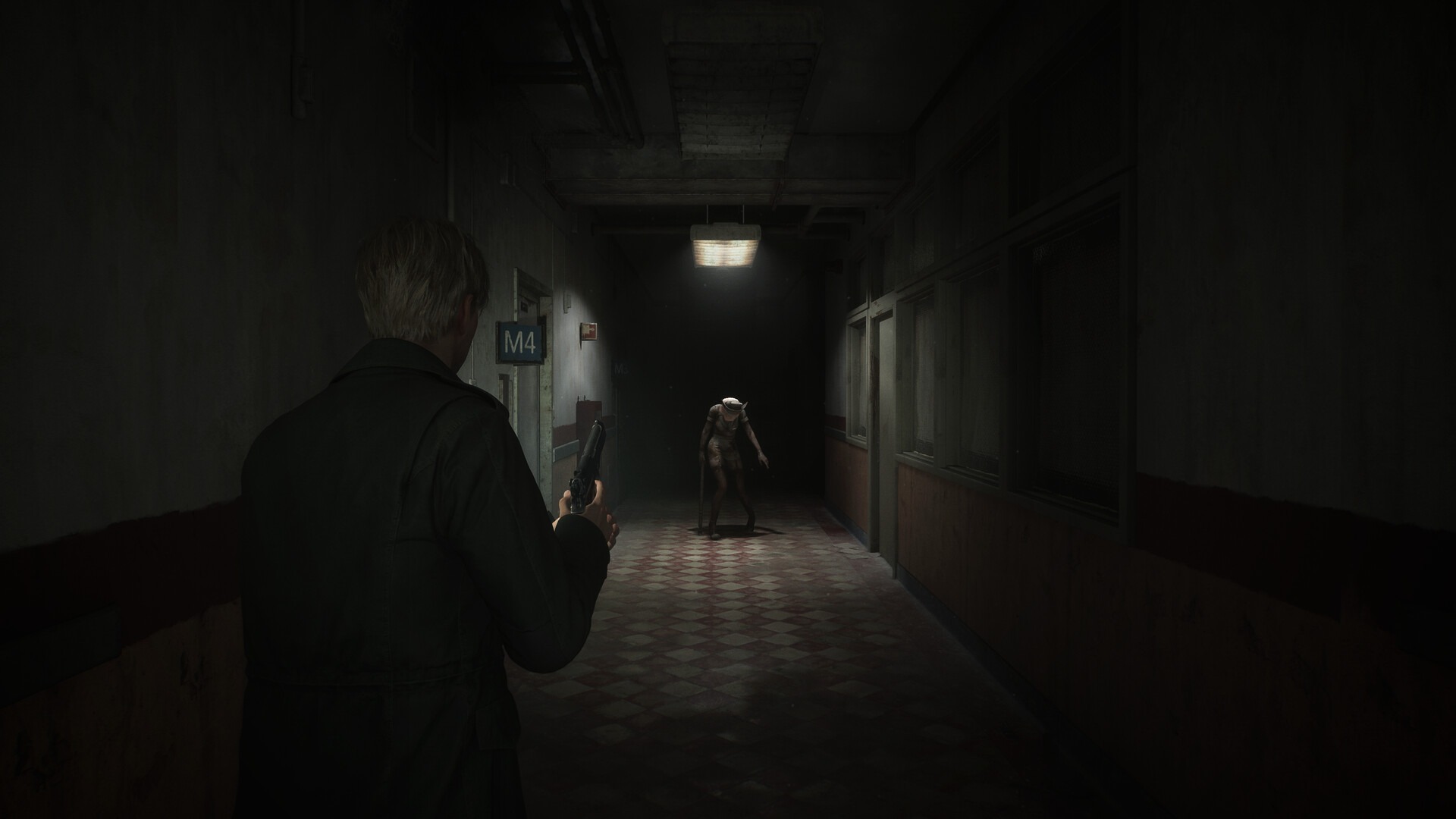Ninja Theory’s 2017 game Hellblade: Senua’s Sacrifice is famous for exploring the experiences of people with psychosis through the medium of a vision quest undertaken by Senua, a Celtic warrior in the early Middle Ages. It earned acclaim for its sensitive, thoroughly researched, and audio-visually immersive portrayal of Senua’s condition — something the Ninja Theory team had arrived at through close collaboration with Paul Fletcher, a professor of psychology at the University of Cambridge.
Following a singular success like this is always challenging, but maybe especially so in the case of Senua’s Saga: Hellblade 2, which was released this week on Windows PC and Xbox Series X, and is included with Game Pass. How could Ninja Theory bring players back into Senua’s experience of the world without rehashing the first game — or sidelining or trivializing her condition? How could it raise the stakes for the character without undoing Senua’s growth, or succumbing to the “descent into madness” tropes the first game had so conscientiously avoided?
The answer, as it turns out, was quite simple: Have her meet and interact with other people.
“We definitely didn’t want to walk back on [the first game] and make it seem as though we’re resetting her,” scriptwriter and Performance Capture Director Lara Derham said during a conversation with myself and Fletcher at Ninja Theory’s Cambridge offices, which Polygon visited a couple months before the game’s launch.
“She’s still got that sense of a greater sense of peace, a greater sense of opportunity,” Derham said. “But I see the first game as a very internal journey, very personal, and very oriented around herself and what she’s lost. And I think this game, while we’re still obviously seeing the world through Senua’s eyes, it’s more about interacting with the world around her, people around her, and pushing out into the future a little more.”
This makes sense dramatically, but for Fletcher it was also an opportunity to get deeper into a crucial aspect of psychosis that the first game, by nature, hadn’t really explored.
“I think what Lara and the team are doing now is exploring a bit of the distress of psychosis that perhaps wasn’t so much to the fore in Senua’s Sacrifice, which is what happens when your reality — your construct of reality — conflicts or coincides with that of other people around you,” Fletcher said.
One of the most prominent aspects of psychosis for some people is the constant narration of internal voices, characterized in the game as Furies. As Senua interacts with other people on her quest to track down some slavers in Iceland, a natural dramatic tension arises from the way the Furies react during conversations — sometimes encouraging her to interact, sometimes sowing seeds of distrust.
:no_upscale()/cdn.vox-cdn.com/uploads/chorus_asset/file/25457888/hellblade_2_3.jpg)
Fletcher explains that this tension gets at one of the most fascinating aspects of psychosis — one that can be illuminating about the human condition in general, in fact.
“I think one of the first things [about being human] is that we make contact with each other through a sort of tacit agreement about the fact that we’re inhabiting the same space with the same experiences and same reality,” he said. “Whereas in fact, we’re all carrying our own little environments around with us — and I think, in psychosis, that that rupture is much greater.”
For people with psychosis, interacting with other people means bridging the gap between two (or more) quite different realities, which can be a huge challenge. “That kind of split focus between this internal world and the external world can be really difficult to manage,” Derham said.
Fletcher agreed: “It’s a very exhausting process to juggle it for people, you know. If somebody still has these psychosis-related beliefs, but they’re also engaging with people who don’t share them at all — and, in fact, think that they’re mad — then there’s all sorts of things that they have to do to suppress them or to hide them. And they also have to somehow negotiate between the two — to find a way of having this cherished inner reality that they don’t let go of, while at the same time functioning within a different one.”
That Senua might “cherish” her own experience of reality is one of the key learnings Derham and Fletcher took from the conversations they had with people with psychosis while they were researching for the game.
“The experiences, or voices and visions, [are] actually integral to the sense of self,” Fletcher said. “It’s not a symptom that’s just been stuck on to a person. People will often say: ‘This is a part of me. It’s my reality, it’s my experience, and you can’t just treat it as a… it’s not a tumor.’ Sometimes the experiences are deeply rewarding and engaging, immersive, pleasurable; they’re not always suffering.”
:no_upscale()/cdn.vox-cdn.com/uploads/chorus_asset/file/25457887/hellblade_2_2.jpg)
“Obviously, a lot of what Senua experiences is quite dark,” Derham said. “But occasionally, there’ll be moments where she feels a special connection with someone or the world seems to have a special kind of beauty to her. And I think those experiences are very positive. And that reflects what we’ve understood from people we’ve talked to — that occasionally, there’ll be a time where the world just seems a bit brighter than it might to some of the rest of us.”
Researching psychosis for the Hellblade games from a purely experiential perspective, rather than as a problem to be solved or as suffering to be alleviated, also challenged Fletcher’s medical and academic perspectives on the condition. “The sole question here, or the starting question here, was always, ‘What’s it like? What does that feel like?’ And I think it created a whole new conversation for me with people with a history of psychiatric illness, which is very enriching,” he said.
After Senua’s Sacrifice came out, Fletcher remembers feeling encouraged by what he saw as a successful effort to destigmatize psychosis and mental health issues at large. That’s still a hope he nurtures for Senua’s Saga, of course, but now he harbors an even bigger ambition: that the game can encourage every player to consider a big metaphysical question. Perhaps the biggest.
“The fantasy I have is that people will reflect upon the nature of their constructions of reality,” he said, “and just how tenuous our links with objective reality might be.”






